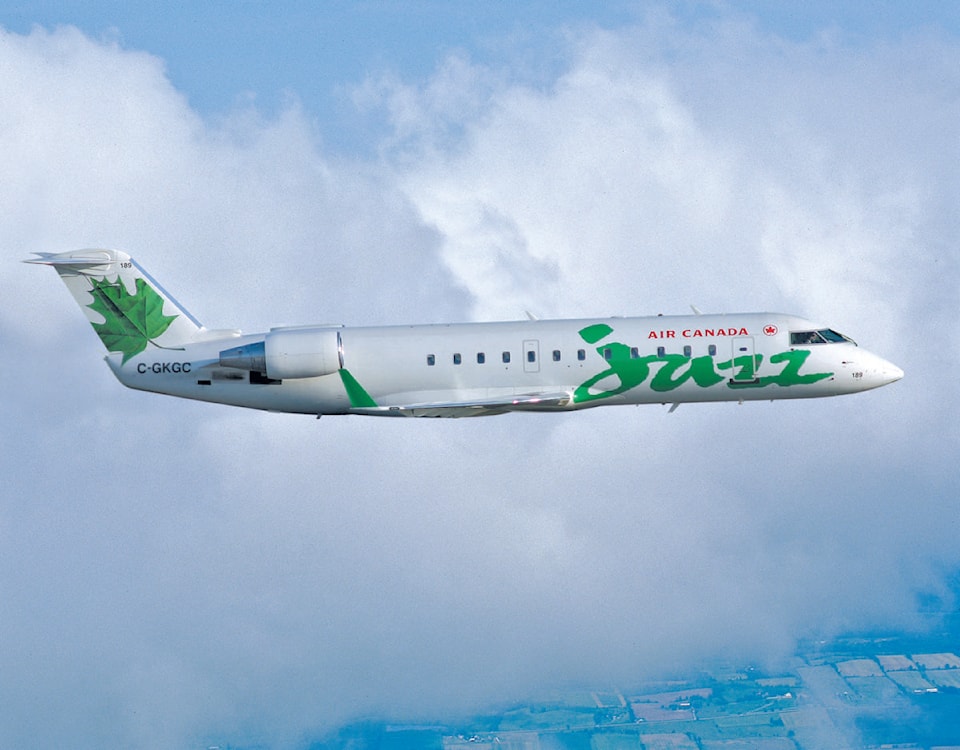It's probably safe to say Northerners have taken some comfort in the fact that there haven't been any confirmed cases of COVID-19 in any of the three territories yet.
The isolation of smaller communities seems to be a challenge on every front except the avoidance of communicable diseases. But while it's more difficult to get to places like Deline or Fort Good Hope, it's not impossible.
Acho Dene Koe First Nation Chief Eugene Hope is in self-isolation because he attended a housing summit staged by the Assembly of First Nations in Toronto, held March 10 to 12. He is not infected with the disease, according to a statement from the First Nation, but is taking the responsible personal and professional step of minimizing the chances he could bring COVID to his community by staying away from others for two weeks.
Meanwhile, mayors and MLAs in the North were last week trying to control the spread to Arctic communities like Ulukhaktok and Tuktoyakyuk by closing them to visitors, but the planes kept coming. Aurora seekers likewise seem to be appearing in the capital, according to former MLA and hotelier Jane Groenewegen.
When the operator of a group of bed and breakfasts and hotels starts asking what these people are doing here, it's time to take notice.
Groenewegen's voice carries in Hay River and across the territory. Joining the chorus are the mayors of those above-mentioned communities, Inuvik MLA Lesa Semmler and Nunakput MLA Jackie Jacobson and – for crying out loud – the CEO of NWT Tourism, who says this is not the time for tours.
For weeks now the vulnerability of small Northern communities serviced or under-serviced by the limited health-care infrastructure available to them has been part of the conversation.
In one of the first now-daily press conferences on the virus held by federal cabinet ministers, the Arctic cruise ship season was abandoned entirely for precisely this reason.
That's why the late-breaking news of Dr. Kami Kandola's wise if belated decision to bar entry to the Northwest Territories to all but a few essential personnel (and on-the-land hunters with no plans to enter any community) as soon as this past Saturday was so very welcome.
The limited ability of small communities to respond to a health crisis on the scale of COVID-19 was at the centre of the logic for the order, and News/North couldn't agree more.
Last week, we reported that the Mayor of Tuk, Erwin Elias, was on the Northwest Territories Power Corporation's back about the fact that the hamlet loses power every time the wind picks up. Which, being on the Arctic Coast, is rather a lot.
The national conversation has already contemplated our entire health-care system becoming overwhelmed by COVID. Half a baker's dozen dentists in Yellowknife are self-isolating, paramedics across the country, same. California issued a shelter in place order for its 40 million residents because models predict more than half of them could be infected.
It's frightening enough to imagine what would happen if half of Fort Smith was in the infirmary. How about Aklavik? Sachs Harbour? What happens when the wind shifts and Tuk goes dark again?
Do emergency workers go through a process to ensure they don't bring COVID with them when they respond? Will they be able to respond at all?
We're not trying to induce panic, but there need to be fewer question marks in this conversation. The time for patting each other on the shoulder around the campfire and laughing off the chance of this unprecedented threat to the Earth's population reaching the Great White North are behind us, if they ever were in front.
There is no Game of Thrones-esque ice wall between us and this pathogen. The systems and processes our governments put in place are going to be pretty much it.
A checkpoint manned by the RCMP at our border entries to the territory will serve as the Night's Watch.
This, again, is a welcome development, but even the GNWT's March 20 statement warning of the border closure said there would be more information coming. We await it with bated breath.
This crisis will define leadership at all levels and in all places.
Residents of isolated communities have the right to hear more from them on how our leaders plan to get to the other side of it without putting half or more of us at risk.
